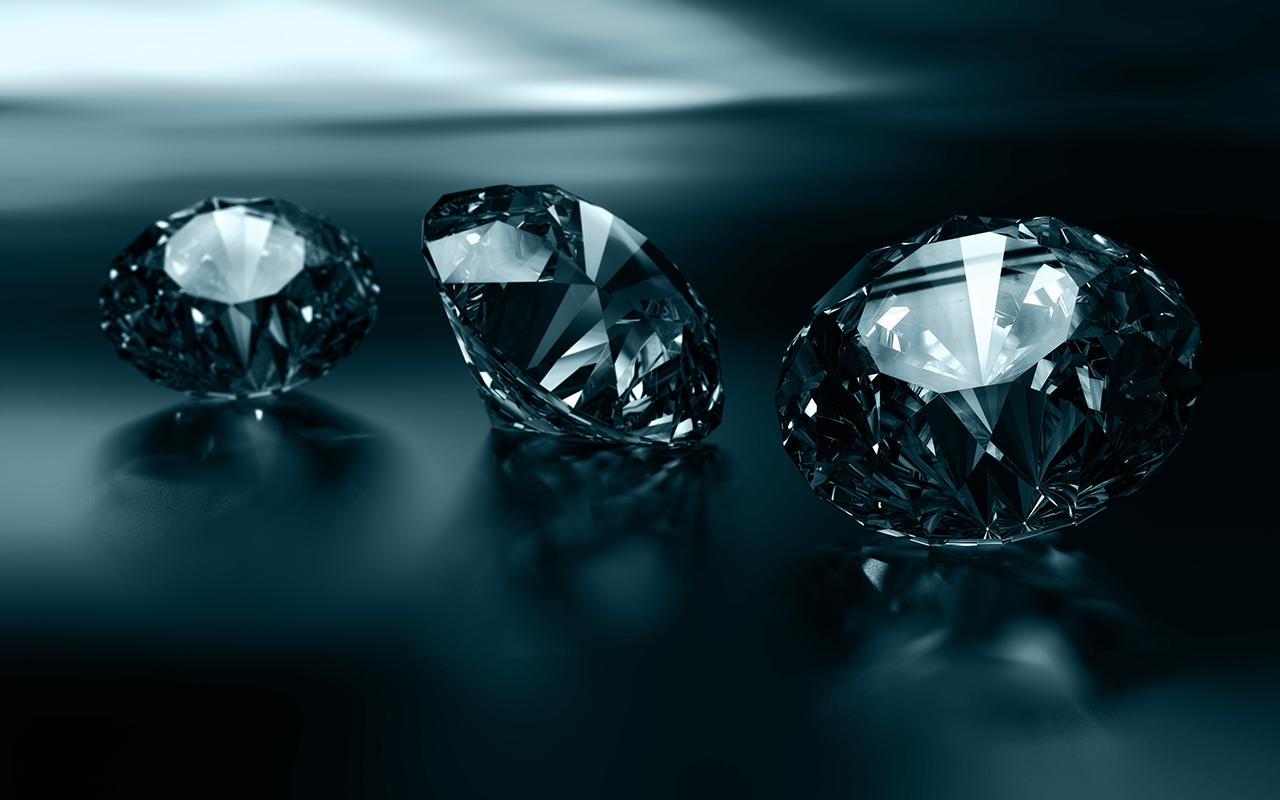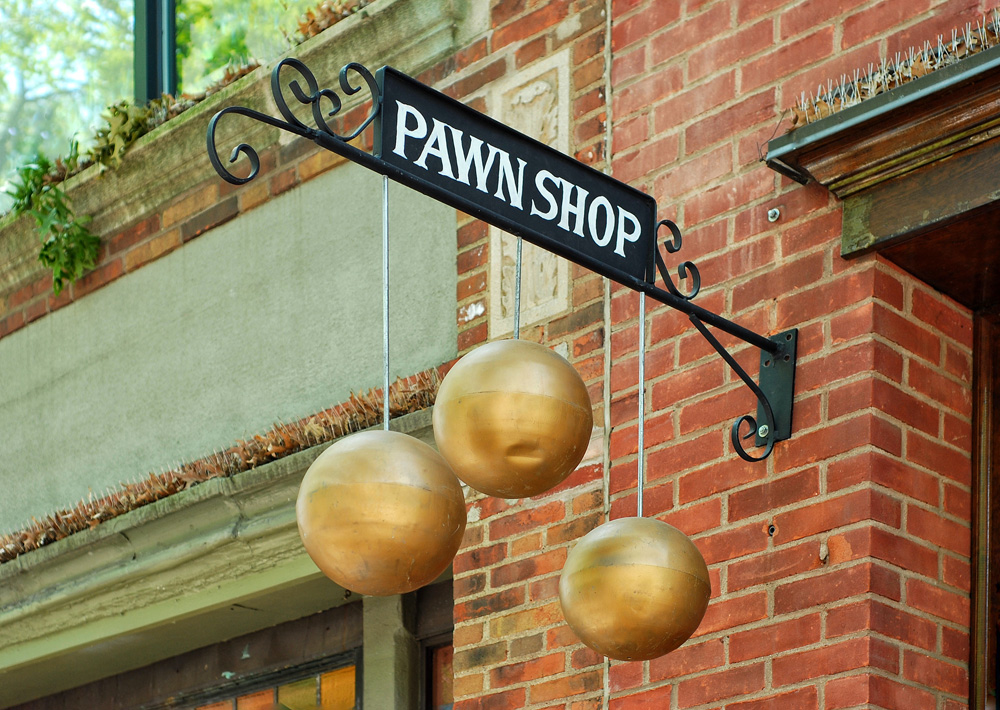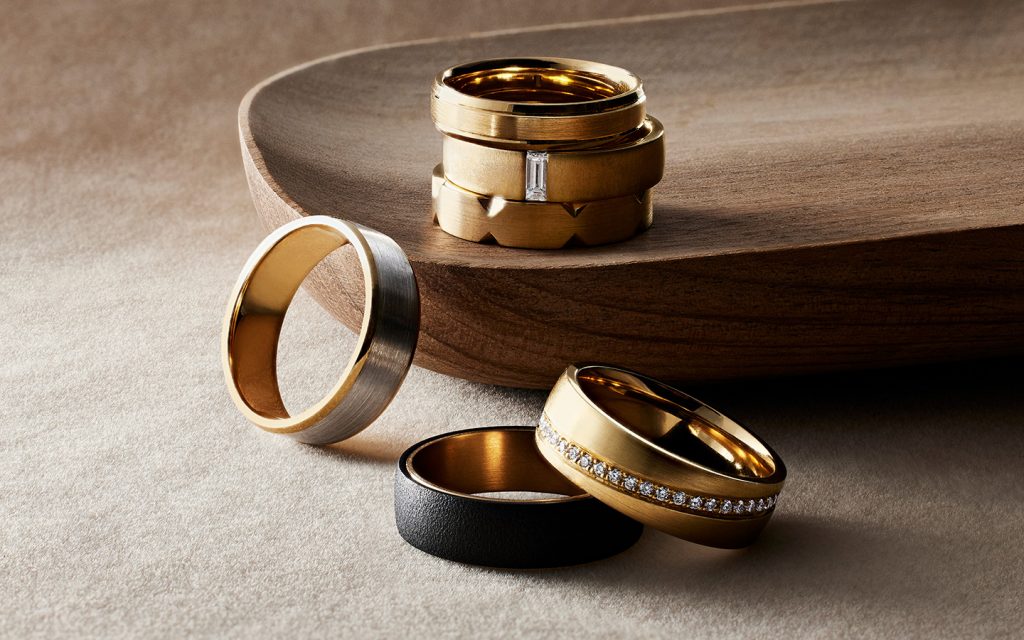When shopping for a sparkling gemstone, one of the most common debates is the comparison between moissanite and diamond. Both stones are prized for their brilliance and beauty, but they differ in several key aspects. Whether you’re considering an engagement ring, jewelry, or another precious item, understanding the differences between moissanite vs diamond can help you make an informed decision. In this article, we will explore the unique features, benefits, and challenges of both gemstones, providing clarity on why one may be a better choice over the other depending on your needs.
Moissanite vs Diamond: What Are They?
Moissanite and diamond are both stunning gemstones that shine with remarkable brilliance, but they differ in their composition and origin. Diamonds are naturally occurring gemstones made of carbon atoms arranged in a crystal structure. The formation process of diamonds involves extreme heat and pressure deep within the Earth’s crust, taking millions of years to form. Moissanite, on the other hand, was first discovered in 1893 by the French chemist Henri Moissan in a meteorite. It is made from silicon carbide and is often lab-created today. While both gemstones are hard and durable, the key difference between moissanite vs diamond is in their chemical makeup, which impacts their overall properties.
Moissanite vs Diamond: Hardness and Durability
One of the most significant factors when comparing moissanite vs diamond is their hardness. Diamonds are the hardest known natural material, rated 10 on the Mohs scale of hardness. This makes diamonds incredibly durable, resistant to scratching, and ideal for everyday wear in engagement rings and other jewelry. Moissanite, while not as hard as diamond, is still remarkably durable. It ranks 9.25 on the Mohs scale, which makes it nearly as tough as a diamond. This means that while moissanite can be more prone to scratching over time compared to diamonds, it is still an excellent option for those seeking a durable gemstone with great longevity.
Moissanite vs Diamond: Brilliance and Fire
Brilliance and fire are key qualities that many buyers look for in gemstones, and when comparing moissanite vs diamond, these two stones exhibit different levels of sparkle. Moissanite is known for its incredible brilliance, often outshining diamonds due to its higher refractive index. The refractive index measures how much light a gemstone bends and reflects. Moissanite has a refractive index of 2.65-2.69, while diamonds have a refractive index of 2.42. This means that moissanite has more brilliance and fire, which is why it displays more colorful flashes of light. While diamonds offer a timeless elegance with their subtle sparkle, moissanite’s brilliance is more intense, making it a standout option for those seeking maximum sparkle.
Moissanite vs Diamond: Price Differences
When comparing moissanite vs diamond, one of the most obvious differences is the price. Diamonds are significantly more expensive than moissanite due to their rarity and the extensive mining process required to obtain them. The price of a diamond is largely determined by its size, cut, clarity, and color, with larger and higher-quality diamonds commanding a premium price. Moissanite, on the other hand, is much more affordable. While it can still vary in price depending on factors like size and quality, moissanite is generally 70-90% less expensive than a comparable diamond. This price difference makes moissanite a popular choice for those seeking the look of a diamond at a fraction of the cost.
Moissanite vs Diamond: Color and Clarity
When comparing moissanite vs diamond in terms of color and clarity, there are some key differences to consider. Diamonds are graded on a color scale from D (colorless) to Z (light yellow or brown), with colorless diamonds being the most valuable. Moissanite, in its natural form, tends to have a slight yellow or greenish hue, especially under certain lighting conditions. However, many lab-created moissanite stones are made to be near-colorless and can closely resemble diamonds with little visible difference. In terms of clarity, both diamonds and moissanite can have inclusions, though moissanite tends to have fewer visible inclusions compared to diamonds, especially in higher-quality stones. While diamonds often have imperfections that are visible under magnification, moissanite generally offers excellent clarity, making it a highly attractive alternative.
Moissanite vs Diamond: Environmental Impact
For environmentally conscious consumers, the debate between moissanite vs diamond may extend beyond the gemstones themselves to consider the environmental impact of their sourcing. The mining of natural diamonds has been associated with environmental damage, including deforestation, habitat destruction, and pollution, as well as ethical concerns related to labor practices in some regions. Moissanite, being primarily lab-grown today, has a much smaller environmental footprint. Its creation requires far fewer resources and does not involve destructive mining processes. As a result, moissanite offers a more sustainable option for those who want to minimize their impact on the planet. For buyers concerned about the environment, moissanite provides a compelling alternative to traditional diamonds.
Moissanite vs Diamond: Resale Value
Resale value is another consideration when deciding between moissanite vs diamond. While diamonds are generally seen as an investment due to their lasting value, their resale price can vary depending on the current market conditions, the diamond’s quality, and demand. However, diamonds typically hold more value in the long term because they are rare and traditionally seen as symbols of wealth and status. Moissanite, on the other hand, has a lower resale value. Although moissanite can maintain its beauty and brilliance for years, it does not retain its value as well as diamonds because it is more readily available and is generally considered a less rare gemstone. If resale value is a significant factor for you, a diamond may be the better choice.
Moissanite vs Diamond: Ethical Considerations
Ethical concerns also play a key role in the moissanite vs diamond debate. Mined diamonds, especially those obtained from conflict zones, have been associated with human rights violations, including child labor and exploitation. While the Kimberley Process was created to ensure conflict-free diamonds, the process has its flaws, and many consumers are now looking for alternatives. Moissanite, being primarily lab-created, is often seen as a more ethical choice. lab made diamonds is produced without the ethical dilemmas associated with diamond mining, providing a transparent and responsible option for consumers who want to avoid supporting harmful practices.
Conclusion: Moissanite vs Diamond – Which is Right for You?
Ultimately, the choice between moissanite vs diamond comes down to personal preference, budget, and ethical values. If you are looking for a durable, brilliant gemstone that offers exceptional value at a lower cost, moissanite is an excellent choice. Its incredible sparkle and affordability make it a popular alternative to diamonds, especially for engagement rings and other fine jewelry. However, if you prefer the rarity, tradition, and investment potential of a natural diamond, a diamond might be the right choice for you. Both moissanite and diamonds have their unique qualities and advantages, so it’s important to weigh the factors that matter most to you before making your decision.




